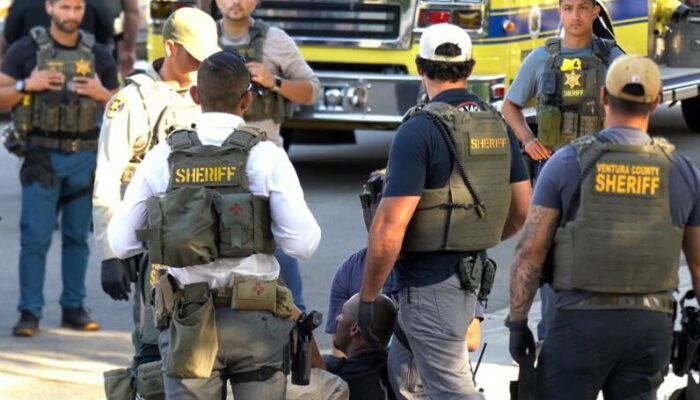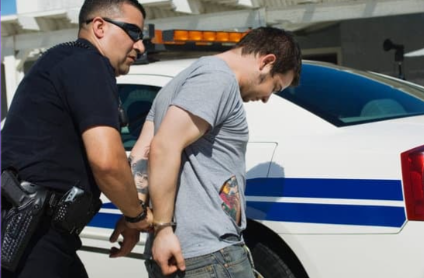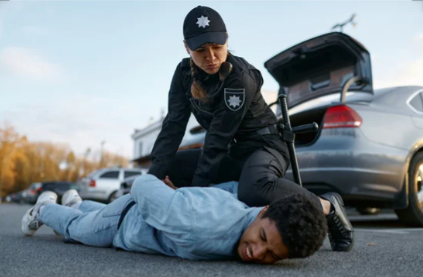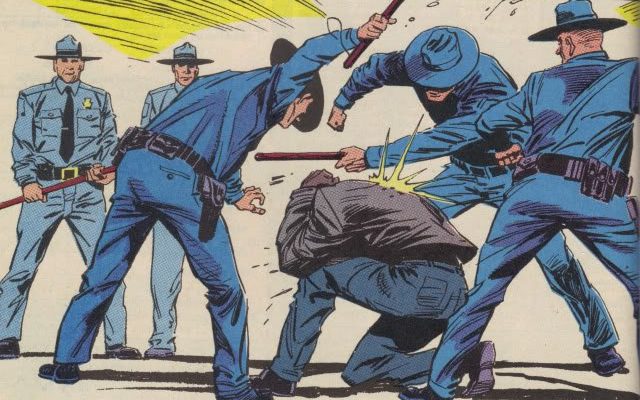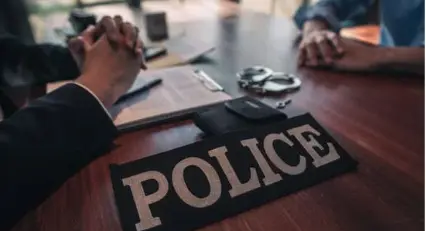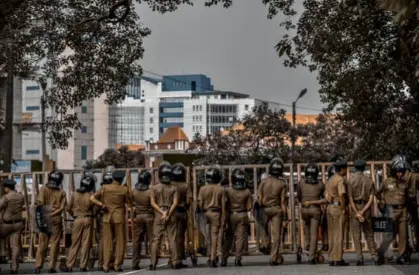If you’ve been a victim of police misconduct in California—whether through excessive force, false arrest, illegal search, or other civil rights violations—you may have the right to sue. However, you must act quickly. California law imposes strict deadlines for filing police misconduct lawsuits, and missing these deadlines can permanently bar your claim.
At Steering Law, we specialize in civil rights litigation and have helped countless clients hold law enforcement accountable. If you believe your rights were violated, schedule a free case evaluation with our team today to ensure you don’t lose your chance at justice.
Statute of Limitations for Police Misconduct Lawsuits
In California, most civil rights claims against law enforcement must be filed within two years of the incident under California Code of Civil Procedure § 335.1. This applies to cases involving:
- Excessive force (police brutality, unjustified shootings, tasings)
- False arrest or wrongful imprisonment
- Illegal searches and seizures
- Retaliation for exercising First Amendment rights (such as recording police)
This two-year window means that if you wait too long, you could lose your right to compensation—even if the misconduct was egregious.
Exceptions to the Two-Year Rule
While two years is the general rule, some exceptions may extend (or shorten) your deadline:
1. Late-Discovered Injuries (Delayed Discovery Rule)
Some injuries—such as psychological trauma or internal damage—may not be immediately apparent. In such cases, California courts may allow the statute of limitations to begin when the injury is discovered, rather than when the incident occurred. However, this exception is narrowly applied, so consulting a lawyer early is critical.
2. Ongoing Violations
If police misconduct is part of a continuing pattern (such as systemic harassment or repeated unlawful stops), the clock may not start until the last violation occurs.
3. Government Claims Requirement (For Suing Agencies)
If you’re suing a city, county, or police department (not just individual officers), you may need to file an administrative claim within six months before proceeding to court. Missing this deadline can forfeit your right to sue.
Why Acting Quickly Matters in Police Misconduct Cases
Even if you have two years to file, waiting can hurt your case in several ways:
1. Evidence Disappears Fast
- Body camera footage may be automatically deleted after 30 to 180 days, depending on the department.
- Witness memories fade, making it harder to corroborate your story.
- Police reports can be altered if not challenged early.
2. Legal Deadlines Vary
Some claims—like those against federal officers (FBI, Border Patrol) under Bivens lawsuits—have even shorter deadlines (sometimes just one year).
3. Early Legal Action Strengthens Your Case
The sooner you involve a lawyer, the better they can:
- Secure bodycam and dashcam footage before it’s destroyed
- Interview witnesses while memories are fresh
- File preservation orders to prevent evidence from being lost
Steering Law’s Track Record in Police Misconduct Cases
Our firm has successfully represented clients in high-stakes civil rights cases, including:
- $1,000,000 settlement for a victim of excessive force during an unlawful arrest
- $450,000 recovery in a false imprisonment case where officers lacked probable cause
- Multiple six-figure verdicts for illegal searches and police brutality
We know how to navigate California’s strict deadlines and fight for justice—even when departments try to hide evidence.
What Should You Do If You’ve Been a Victim of Police Misconduct?
1. Document Everything
- Take photos of injuries, property damage, or arrest marks
- Write down officer names, badge numbers, and witness contact info
- Save medical records and police reports
2. Preserve Evidence
- Request bodycam footage immediately (departments often delay or “lose” recordings)
- Save clothing or objects damaged during the incident
3. Consult a Lawyer ASAP
- Even if you’re unsure about suing, a free consultation can clarify your options
- Waiting too long could mean losing critical evidence
Don’t Wait—Time Is Running Out
Police departments have teams of lawyers working to protect officers—you need an equally strong legal advocate. At Steering Law, we offer:
✅ Free, confidential case evaluations
✅ No fees unless we win your case
✅ Immediate action to secure evidence
Los Angeles, Orange County, Riverside, San Bernardino, and San Diego residents: If you’ve suffered police misconduct, the clock is ticking. Contact us today before evidence disappears or deadlines pass.
Key Takeaways:
- Most police misconduct claims must be filed within two years in California.
- Bodycam footage can be deleted in as little as 30 days—act fast.
- Steering Law has a proven record of winning settlements in excessive force and false arrest cases.
- Free consultations available—call now to protect your rights.
Visit our website or call us today to schedule your free case review. Don’t let time run out on your justice.

Steering Law is a California-based civil rights and criminal defense firm led by Jerry L. Steering, Esq. The firm focuses on police misconduct cases, including excessive force, false arrest, malicious prosecution, contempt of cop incidents, and 42 U.S.C. §1983 civil rights actions, while also handling serious criminal defense matters. Steering Law is dedicated to protecting clients’ constitutional rights and delivering justice for individuals who have been wronged by law enforcement.

